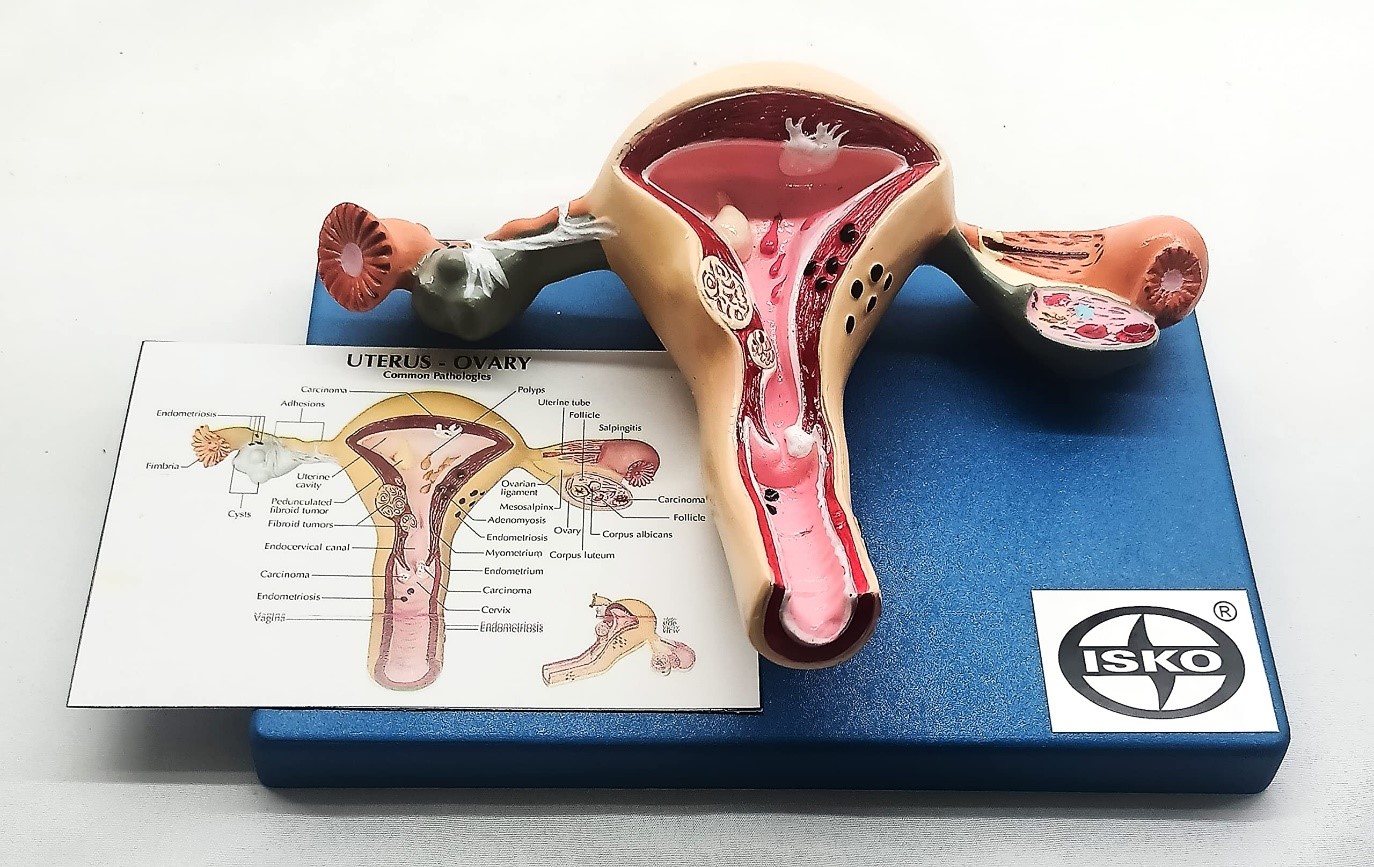What is gender reassignment surgery?
Gender reassignment surgery, sometimes called sex reassignment surgery, is performed to transition individuals with gender dysphoria to their desired gender.
People with gender dysphoria often feel that they were born in the wrong gender. A biological male may identify more as a female and vice versa.
- Surgery is typically the last step in the physical transition process, but it is not a decision to be made lightly.
- Many healthcare providers require patients to be formally diagnosed with gender dysphoria and undergo counseling to determine if they are truly ready to surgically transition.
- Patients usually undergo hormone therapy first. Hormones can suppress the secondary sex characteristics of the biological gender and make them appear more like their desired sex. For instance, women take androgens and start developing facial hair. Men take estrogens and anti-androgens to look more feminine.
- Surgeons may also require that patients live as their desired gender for at least one year. A man might dress as a woman traditionally does in the culture. Many men change their names and refer to themselves with female pronouns. Women transitioning to men would do the reverse.
WHY CHOOSE IRAN FOR GENDER REASSIGNMENT SURGERY?
Gender reassignment surgery is indisputably a very complicated procedure for both male and female transsexuals. It is often performed through multiple steps and has considerable downtime. It might seem even more bothersome if you are considering SRS overseas. That said, here are three main reasons why undergoing gender confirmation surgery in Iran could be the ideal solution you are seeking.
You will experience world-class quality healthcare: Iran is the second most popular destination for gender reassignment surgery. This has provided Iranian surgeons and the healthcare centers with extensive knowledge and experience in both female-to-male and male-to-female transition procedures. Iran is the most developed country in the region in using the latest techniques for a successful gender reassignment surgery.
Sex reassignment surgery in Iran is affordable: Due to the country’s economic factors, Iran’s top-rated healthcare services are exceedingly cheap. Gender reassignment surgery, for example, can cost half or even third of that found in the European countries or the USA. (about $7000)
You can count on SinoheMedTour: SiniheMedTour strives to offer the ultimate facilitating and care assistance packages to international patients. By having us take control of your journey, you will have the surgery alone to be concerned about, leaving the rest to us. Our treatment plans include but are not limited to the following services:
- Free online consultation for a thorough assessment and discussing your candidacy.
- Making doctor and hospital appointments in advance.
- Booking appropriate accommodation for your two-weeks to a month of stay.
- Trip planning.
- Preparing private transfer, personal interpreter, and patient coordinator.
 Surgical transition may include several procedures.
Surgical transition may include several procedures.
- Males transitioning to females have their testicles and penis removed. The prostate gland may or may not be removed as well. Tissue from the penis is used to construct a vagina and clitoris. Labia – the “lips” surrounding the vagina – can be made from scrotal skin. The urethra (the tube from which urine leaves the body) is shortened.
- Many biological men also have facial feminization surgery to change the appearance of their lips, eyes, nose, or Adam’s apple.
- After surgery, patients use vaginal dilators to keep the new vagina open and flexible.
- Surgery for females transitioning to males is more complicated and expensive. The breasts, ovaries, and uterus are removed and the vagina is closed. A penis and scrotum may be made from other tissue. In some cases, a penile implant is used. The urethra is extended so that the patient can urinate while standing.
Continued psychotherapy is recommended for most patients as they adjust to their new bodies and lifestyles.
Not all people with gender dysphoria have surgery. Some feel comfortable living as the opposite gender without medical intervention. Others find that hormone therapy is sufficient for their personal needs.
Why is gender affirmation surgery done?
People may have surgery so that their physical body matches their gender identity. People who choose gender affirmation surgery do so because they experience gender dysphoria. Gender dysphoria is the distress that occurs when your sex assigned at birth does not match your gender identity.
What is the difference between transgender and nonbinary?
The term transgender describes someone whose gender identity is different than their sex assigned at birth. Gender nonbinary describes someone whose gender identity does not fit within traditional female or male categories. People in either of these categories may opt for gender affirmation medical treatment or surgery.
What are the types of transgender surgery?
Gender-affirming surgery gives transgender people a body that aligns with their gender. It may involve procedures on the face, chest or genitalia. Common transgender surgery options include:
Facial Feminization Surgery
The goal of facial feminization surgery, or feminizing facial surgery, is to transform the masculine features of the face to a more feminine or nonbinary appearance. Facial feminization surgery is performed as either a single procedure or as multiple staged procedures. Surgical manipulation of the bone and soft tissues of the face create a feminine appearance. There are many techniques used to perform facial feminization surgery, and many factors should be taken into consideration when choosing which options are best-suited for each individual..
Transfeminine Top Surgery
The goal of transfeminine top surgery, or feminizing chest surgery, is to enhance the size and shape of the breasts to create a more feminine appearance to the chest. Top surgery is performed as a single stage procedure. There are many techniques used to perform top surgery, and many factors should be taken into consideration when choosing which technique is best:
- Desired amount of breast enlargement
- Placement of the incisions
- Type of implant used
Transfeminine Bottom Surgery
The goal of transfeminine bottom surgery, or feminizing genital surgery, is to reconstruct the male genitalia into female genitalia. Transfeminine bottom surgery is typically performed as a single stage procedure. There are many techniques used to perform bottom surgery, and the most common is the penile inversion vaginoplasty.
Facial Masculinization Surgery
The goal of facial masculinization surgery, or masculinizing facial surgery, is to transform the feminine features of the face to a more masculine or nonbinary appearance. Facial masculinization surgery is performed as either a single procedure or as multiple staged procedures. Surgical manipulation of the bone and soft tissues of the face create a masculine appearance. There are many techniques used to perform facial masculinization surgery, and many factors should be taken into consideration when choosing which options are best-suited for each individual.
Transmasculine Top Surgery
The goal of transmasculine top surgery, or masculinizing chest surgery, is to remove the breast tissue from both breasts and create a masculine or nonbinary appearance to the chest. Top surgery is performed as a single stage procedure. There are many techniques used to perform top surgery, and many factors should be taken into consideration when choosing which technique is best:
- Amount of breast tissue
- Amount of excess skin
- Desire for nipple sensation
Transmasculine Bottom Surgery
The goal of transmasculine bottom surgery is to transform the female genitalia and reconstruct it into that of a male. Transmasculine bottom surgery is typically performed as a multiple-stage procedure. There are many techniques used to perform bottom surgery, and the most appropriate technique for you will depend on your surgeon’s preference as well as your personal goals.
 Is gender affirmation surgery the only treatment for gender dysphoria?
Is gender affirmation surgery the only treatment for gender dysphoria?
No. Surgery is just one option. Not everyone who is transgender or nonbinary chooses to have surgery. Depending on your age and preferences, you may choose:
- Hormone therapy to increase masculine or feminine characteristics, such as your amount of body hair or vocal tone.
- Puberty blockers to prevent you from going through puberty.
- Voice therapy to adjust your voice or tone or help with communication skills, such as introducing yourself with your pronouns.
People may also socially transition to their true gender with or without surgery. As part of social transitioning, you might:
- Adopt a new name.
- Choose different pronouns.
- Present as your gender identity by wearing different clothing or changing your hairstyle.
What happens before gender affirmation surgery?
Before surgery, you should work with a trusted healthcare provider. A healthcare provider can help you understand the risks and benefits of all surgery options.
Many insurance companies require you to submit specific documentation before they will cover a gender-affirming surgery. This documentation includes:
- Health records that show consistent gender dysphoria.
- Letter of support from a mental health provider, such as a social worker or psychiatrist.
What happens during transgender surgery?
What happens during surgery varies depending on the procedure. You may choose facial surgery, top surgery, bottom surgery or a combination of these operations.
Facial surgery may change your:
- Cheekbones: Many transgender women have injections to enhance the cheekbones.
- Chin: You may opt to soften or more prominently define your chin’s angles.
- Jaw: A surgeon may shave down your jawbone or use fillers to enhance your jaw.
- Nose: You may have a rhinoplasty, surgery to reshape the nose.
If you are a transgender woman (assigned male at birth or AMAB), other surgeries may include:
- Adam’s apple reduction.
- Placement of breast implants (breast augmentation).
- Removal of the penis and scrotum (penectomy and orchiectomy).
- Construction of a vagina and labia (feminizing genitoplasty).
If you are a transgender man (assigned female at birth or AFAB), you may have surgeries that involve:
- Breast reduction or mastectomy.
- Removal of the ovaries and uterus (oophorectomy and hysterectomy).
- Construction of a penis and scrotum (metoidioplasty, phalloplasty and scrotoplasty).
What happens after gender affirmation surgery?
Recovery times vary based on what procedures or combination of procedures you have:
- Cheek and nose surgery: Swelling lasts for around two to four weeks.
- Chin and jaw surgery: Most swelling fades within two weeks. It may take up to four months for swelling to disappear.
- Chest surgery: Swelling and soreness last for one to two weeks. You will need to avoid vigorous activity for at least one month.
- Bottom surgery: Most people don’t resume usual activities until at least six weeks after surgery. You will need weekly follow-up with your healthcare provider for a few months. These visits ensure you are healing well.
It’s important to understand that, for most people, surgery is only one part of the transitioning process. After surgery, you should continue to work with a therapist or counselor. This professional can support you with social transitioning and your mental health.
What are the benefits of gender affirmation surgery?
Research has shown that transgender individuals who choose gender-affirming surgery experience long-term mental health benefits. In one study, a person’s odds of needing mental health treatment declined by 8% each year after the gender-affirming procedure.
What are the risks or complications of gender affirmation surgery?
Different procedures carry different risks. For example, individuals who have bottom surgery may have changes to their sexual sensation, or trouble with bladder emptying. In general, significant complications are rare, as long as an experienced surgeon is performing the procedure.
With any surgery, there is a small risk of complications, including:
- Bleeding.
- Infection.
- Side effects of anesthesia.
What is the outlook for people who have gender affirmation surgery?
Most people who choose these surgeries experience an improvement in their quality of life. Depending on the procedure, 94% to 100% of people report being satisfied with their surgery results. In general, people who work with a mental health provider before surgery tend to experience more satisfaction with their treatment results.
























